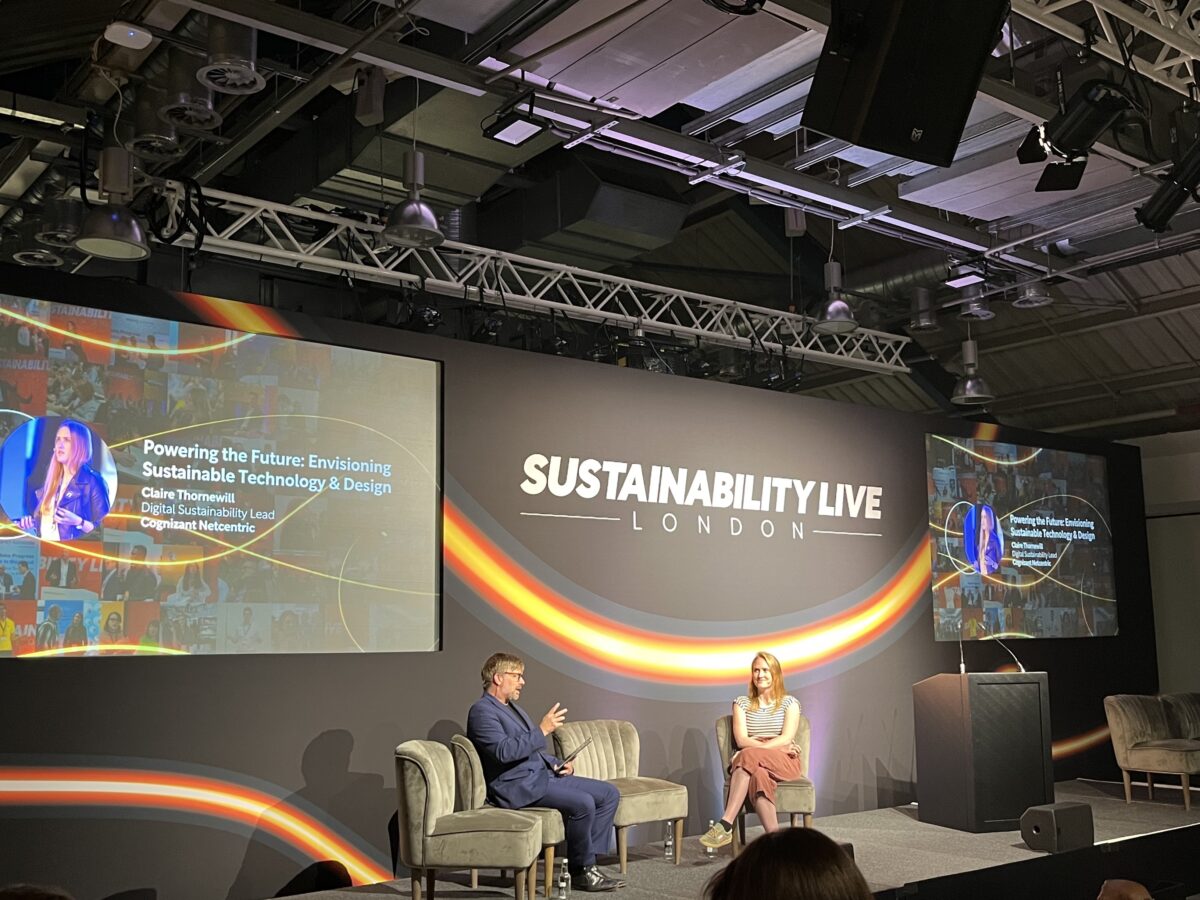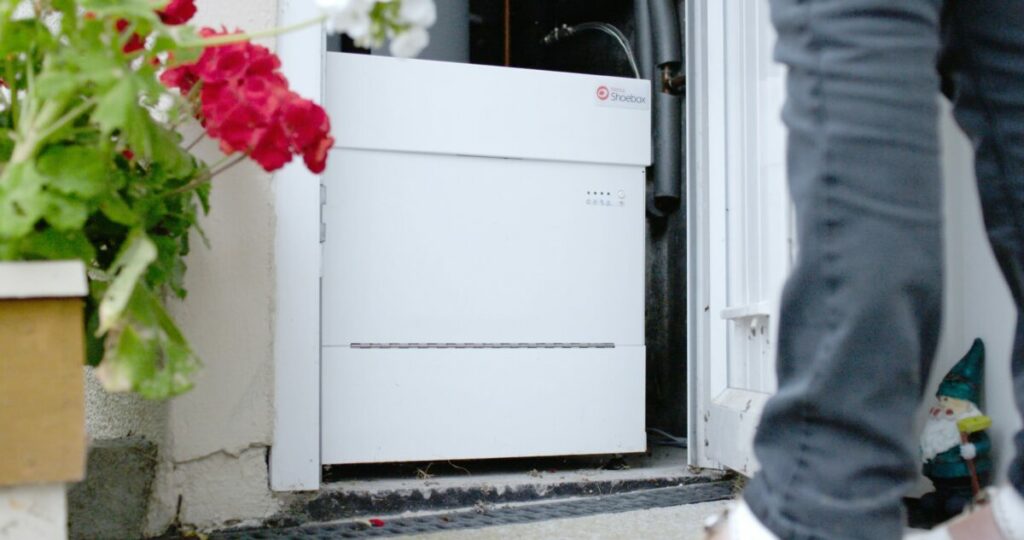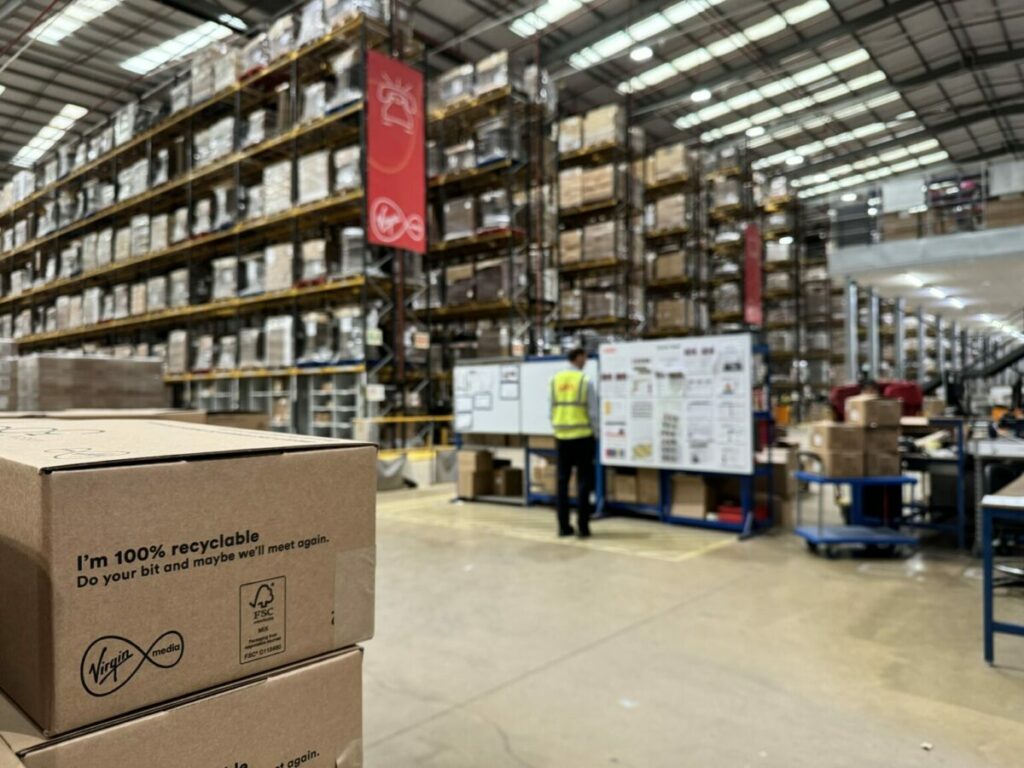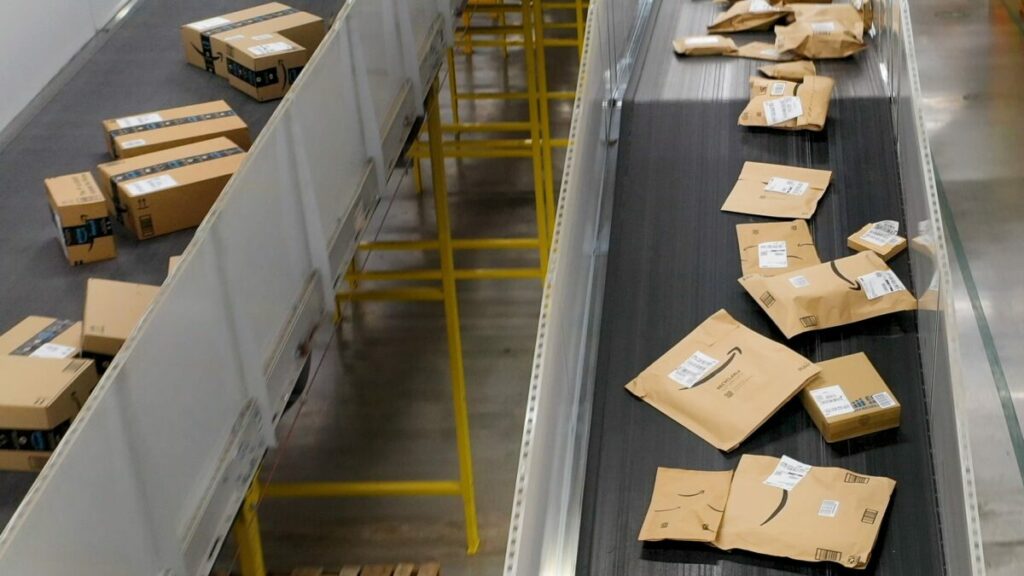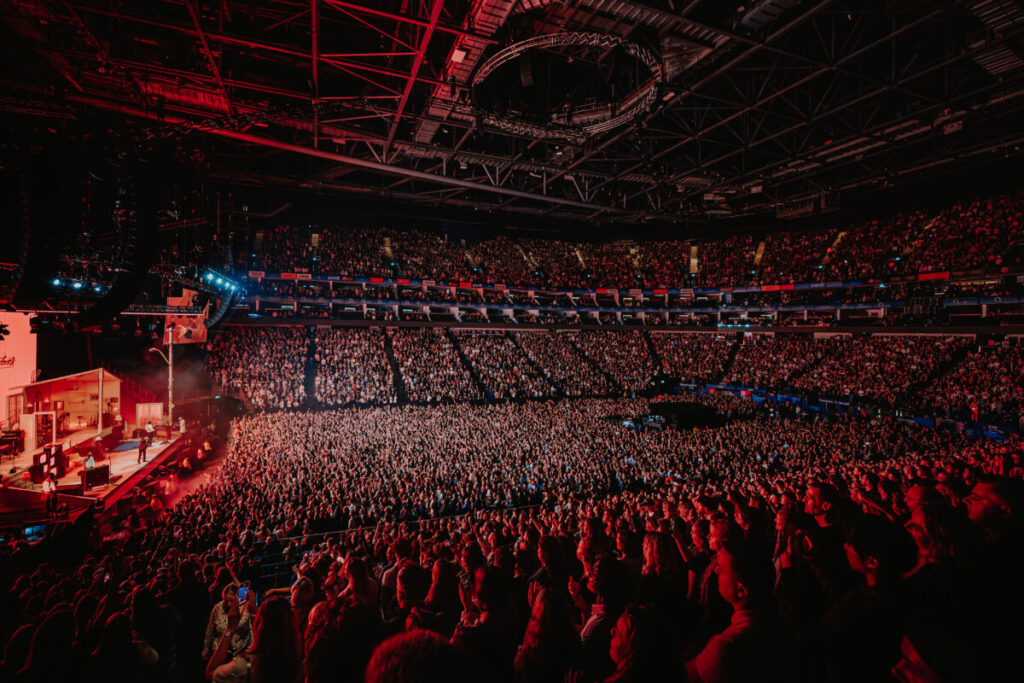“The IT sector is responsible for 4% of global emissions, while the aviation industry accounts for 2% of all global greenhouse gas emissions.”
Cognizant Netcentric digital sustainability lead Claire Thronewill shared this surprising fact at Sustainability Live, highlighting that the IT sector creates double the amount of GHG emissions as the aviation industry – which is typically seen as one of the biggest contributors to the climate crisis.
The importance of this fact cannot be overstated, with consumers and businesses alike turning increasingly towards online communications and digital storage, which – in addition to emissions – also produce significant amounts of electronic waste.
In addition to inefficient data trackers and systems, each email sent is equivalent to one gram of carbon emissions, while internet searches and streaming also have a significant impact on digital sustainability. In fact – according to research from Massachusetts Institute of Technology (MIT) – a single data centre can consume the same amount of electricity as 5,000 homes.
“It’s quite dangerous to say that digitalisation is the silver bullet to everything, or artificial intelligence has all the answers as all of these types of technologies have a footprint too,” continues Thronewill.
“I don’t think technology itself can solve climate change but it’s about how we use and harness it that will.”
Subscribe to Sustainability Beat for free
Sign up here to get the latest sustainability news sent straight to your inbox everyday
The carbon footprint of technology
Measuring digital sustainability is “very complex”, explained Thronewill, and needs to be split across all areas of the device’s software.
“When you’re looking at hardware, you’re looking at emissions from production. Then when you’re using your device, you’ll need to consider charging it,” she says.
Outside of charging hardware, production also causes a significant environmental impact as it takes up a lot of water, resources and rare metals which typically aren’t mined either ethically or socially.
The internet’s environmental impact
Browsing the web also causes some serious emissions which will ramp up digital sustainability issues.
“The internet itself causes a huge amount of carbon but a lot of people aren’t aware of it as it’s not physical. Yes, it’s in the cloud but the cloud is still a physical data centre or a physical computer somewhere which is taking up resources,” Thronewill says.
She highlights that an average webpage across the internet is 2.2 megabytes although some pages can be as big as 61 megabytes if they have an autoplay video on them.
“If every single webpage had 1,000 page views, you’re looking at 114 metric tonnes of carbon emissions,” she adds.
“And every bite matters.”
Steps towards digital sustainability
To avoid doom and gloom, Thronewill suggested some tips for individuals, organisations and web developers to reduce their digital carbon footprint.
“The first thing and the lowest hanging fruit that you can do is change your hosting provider to a green host,” she suggests.
“Usually a green hosting provider can mean anything, including using hyperscale computing and offsetting. Of course that’s great but I would suggest finding a provider that’s using renewable and reusable energy first and foremost.”
Thronewill also suggests considering the physical location of the server.
“A lot of servers are situated in Dublin. We know that Ireland doesn’t have a particularly green grid, unfortunately, and I think part of that is down to the fact that all the data centres are sitting there soaking up all the renewable energy.”
“The second most important thing for digital sustainability is to consider your content,” she continues.
“Don’t put in autoplay videos, because again, you’re taking that choice from the consumers – they will have to watch it even if they don’t want to.
“But that of course depends on what you need and what you want. An autoplay video is important if that’s the one thing that’s going to convert your users into customers – but don’t just add it on if it’s trendy or cool.
“The best practice within digital sustainability is to consider ‘do I really need this?’ – and often, you’ll find that you can make lots of smaller changes that add up.”


